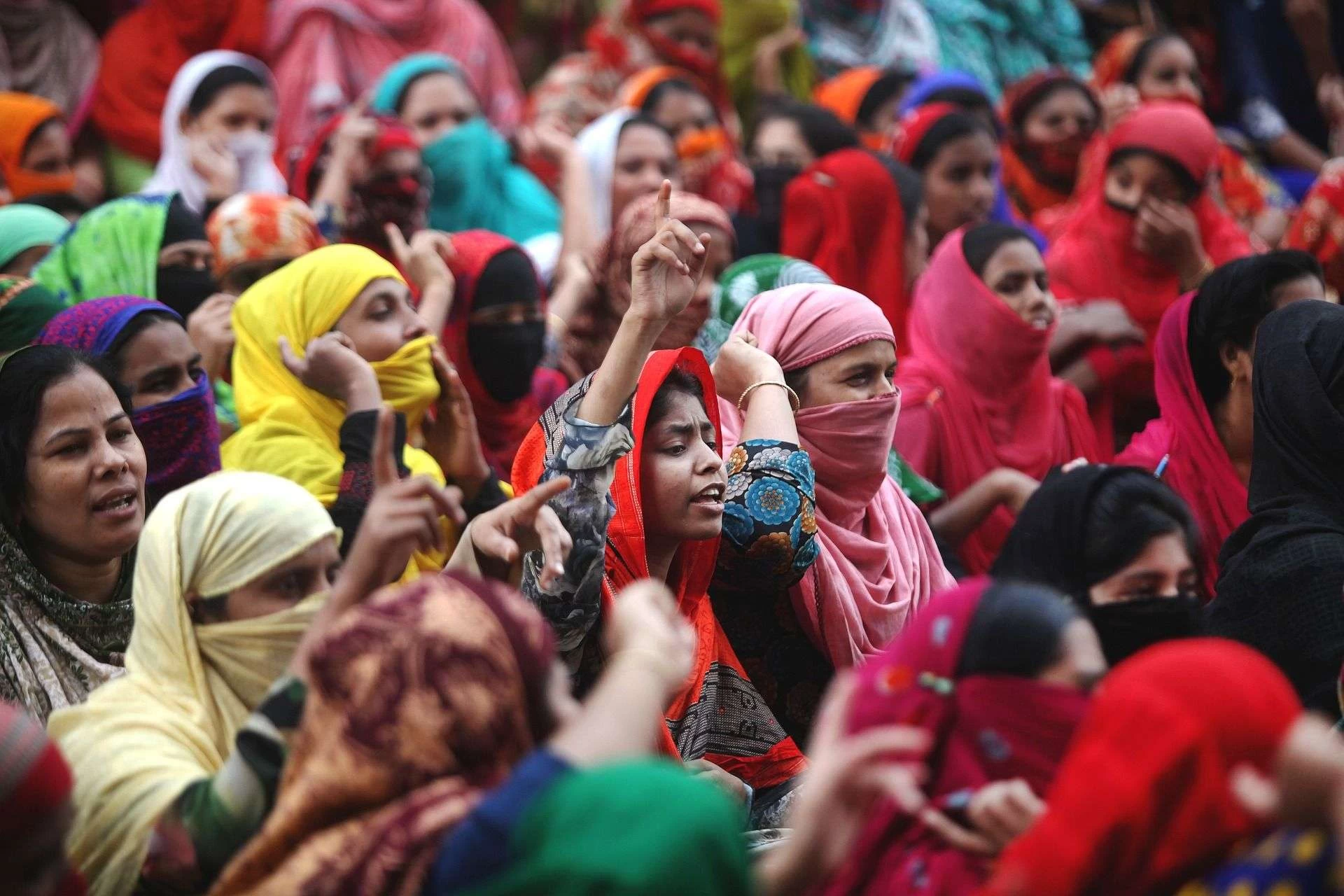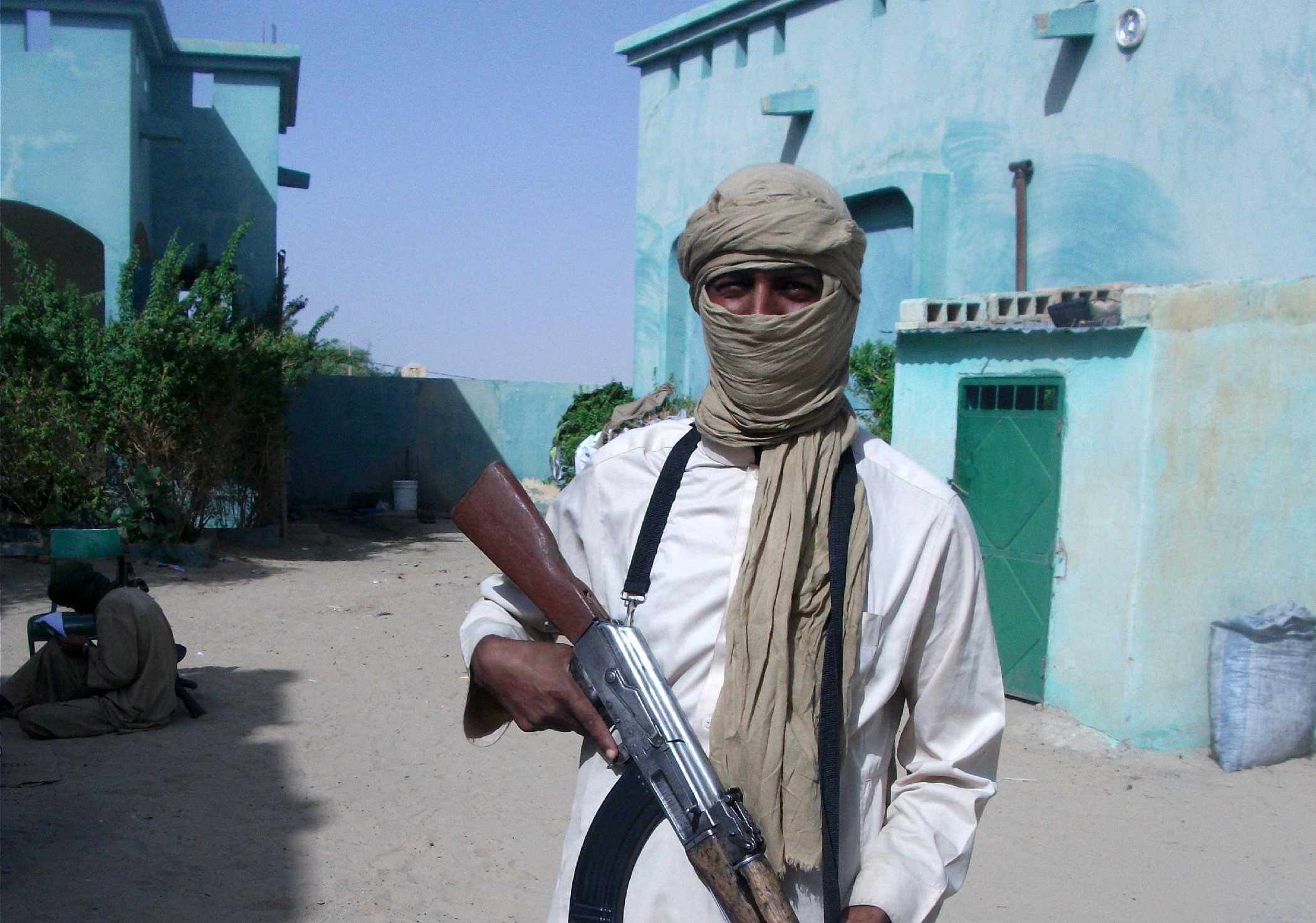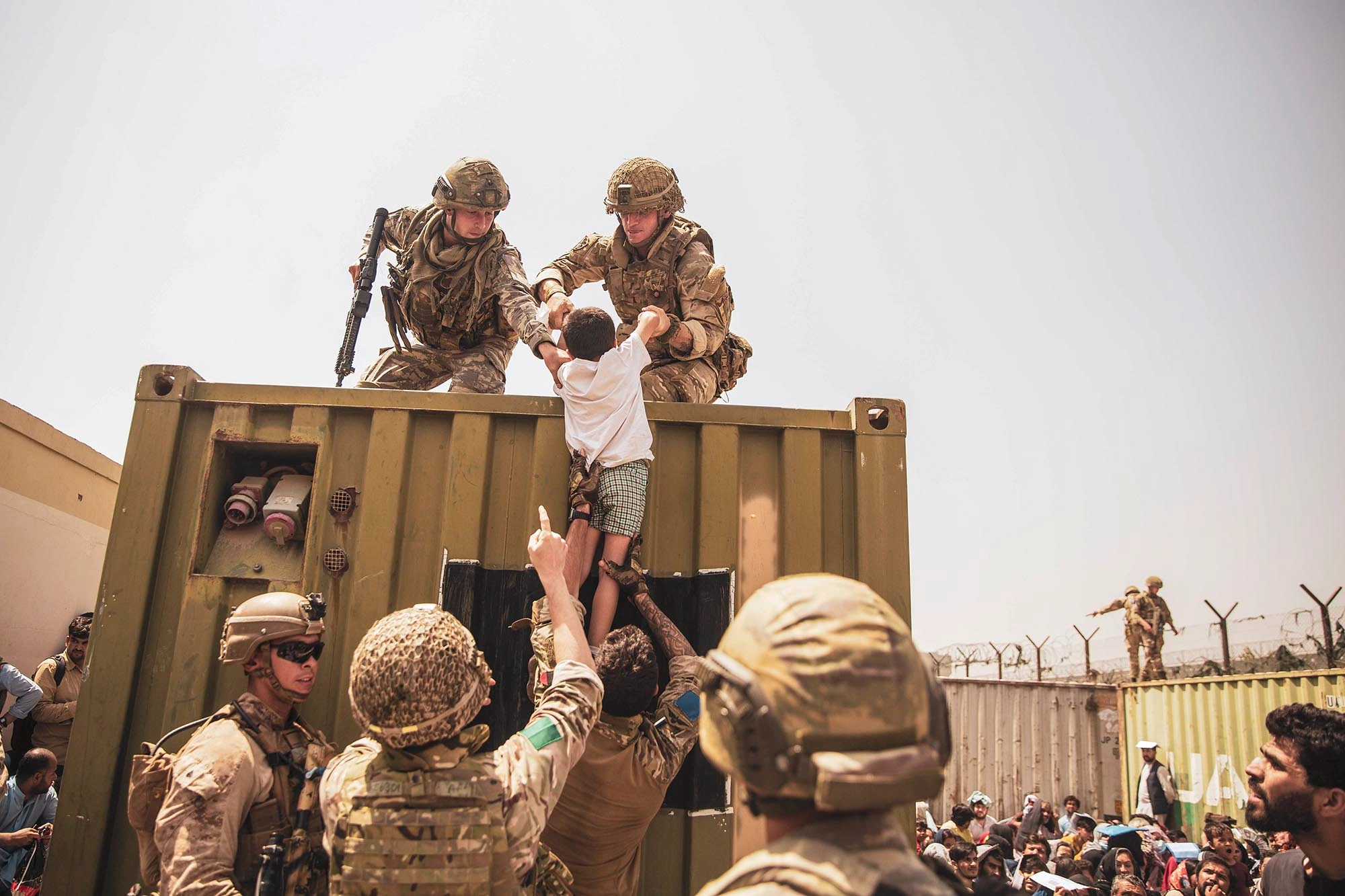Ethnic diversity can be both a uniting factor and a potential threat to a state. However, the same can be perceived in the case of an individual; as it provides a sub-identity to a citizen, but at the same time it can become a threat to human security when the state systematically persecutes a particular identity or if the state fails to protect certain ethnicities from religio-political or racial violence.
Ethnic multiplicity can be exploited, when politically mobilized groups get to influence policy formulation and implementation.
Pakistan and Afghanistan, being neighbors, house more or less seven and fourteen major ethnicities respectively. Though no official census has been conducted in Afghanistan for decades, Pashtuns are believed to be the largest ethnic group, followed by Tajiks. Other ethnicities in Afghanistan are Uzbeks, Hazara, Aimaks, Turkmen, and Baloch. In addition, there are some other minor ethnicities as well. Likewise in Pakistan, the largest ethnicity is Punjabis, followed by Pashtuns, Sindhis, Saraikis, Baloch, and other minor groups. These ethnic diversities have often contributed to geopolitical and socio-cultural turmoil in the case of both Pakistan and Afghanistan.
The inter-ethnic relations within Pakistan have been quite synonymous with a sinusoidal wave; they are highly concentrated at one instance and highly diluted at the other, and rarely have they been at a moderate level. However, the inter-ethnic relations in Afghanistan have predominantly remained subject to a downfall. Over the course of history, these relations in the context of both Pakistan and Afghanistan have been a depiction of adversity, political enmity or amity, or empathy.
Ethnic Multiplicity in Afghanistan
According to many analysts and historians, the emergence of modern Afghanistan under Amir Abdur Rehman laid down the basis for contemporary ethnic instability in Afghanistan when the majority of the Pashtun population was lost to British India. The compensation for this lost population and subsequently the revival of Pashtun dominance in Afghan society was achieved by the Amir through consolidating the Afghanistan state, launching an attack on Hazarajat, launching an offensive on Nooristan, and settling the Pashtuns in the northern areas that have been home to several non-Pashtun ethnicities. This pre-Pashtun dominance era however featured the appointment of Persian speakers (Tajiks and Qazilbash) at administrative posts and the adoption of the Persian language. Thus, the first half of the nineteenth century did not mark any significant inter-ethnic clashes in Afghanistan.
The next half marked the ethnic clashes with the formation of the Anti-Pashtun Supremacy Group (Setam-e-Milli) and a Pro-Pashtun Supremacy Group (Afghan Millat) followed by the Saur revolution. The Saur Revolution marked the end of Monarchy and left the political arena dominated by Pashtuns i.e., the Khalaq faction which focused on the downfall of the Dari language establishing cultural preservations as the referent. Dari was again brought into domination by the Parcham faction after the Soviet Invasion, accompanied by more non-Pashtun representation in the military as well as bureaucracy. The ethnic differences between the Khalqis and the Parchamis, became the reason for the assassination of several prominent figures in both factions, even though both adhered to the Communist ideologue. The re-establishment of Pashtun culture started with the first Taliban takeover which intended the implementation of the Sharia Law and their version of peaceful Afghanistan. With the American Invasion, a new political setup brought by the Americans, and an inclusive government comprising all ethnicities, the inter-ethnic clashes diminished a little. However, the ethnic faultlines were, to a certain extent, exploited by both Karzai and Ghani, given their inclination toward Najeeb’s ideology.
Ethnic Multiplicity in Pakistan
Despite being established on uni-national principles, the state of Pakistan has had its share of ethnic problems; from the Bengali separationists to Baloch insurgents.
Bengal separation was triggered by linguistic differences. The next ethnic issue had the same socio-political basis but its geo-political basis was different i.e., the Baloch Insurgency case.
Baloch reservations started gaining momentum after the annexation of Balochistan and culminated in the 1970s leading to the state using its coercive power leading to an armed conflict between Baloch insurgents and Pakistani troops. The Baloch ethnic reservations again faced major fueling with the mysterious death of Akbar Khan Bugti, former Governor of Balochistan, but couldn’t gain momentum due to the nature of his death as well as some tribal grievances of the Khalpar sub-tribe of the Bugti clan. Despite the government of Pakistan trying to introduce developmental projects to Balochistan, the lack of necessities persists, giving way to people’s reservations and their subsequent exploitations by warlords and anti-state actors. Pashtun and Sindhi separatist moments have also been existing alongside, but both of them have been effectively managed in the past, for instance, the referent of Pashtun nationalism have been proxies operated by Afghanistan, and they have been somewhat neutralized due to changing political dynamics of Afghanistan.
Contemporary Status of Ethnic Relations in Pakistan and Afghanistan
In contemporary Afghanistan with the Taliban takeover, reservations exist within the non-Pashtun groups, given the Pashtun dominance in Afghanistan. However, in the case of Pakistan dynamics have been somehow different. Apart from the Baloch insurgency that causes some unrest occasionally, Pashtun ethnonationalism exists in some areas but it is sufficiently dominated by their counterpart Pashtuns who hold Pakistani nationalism supreme. The same is the case with Sindhi separatists. However, it must not be confused with ethnic perspectives. Ethnic fault lines do exist in Pakistan, featuring a sense of resentment between almost all ethnicities, the only hope one can cling to is the separatist ideologies being dominated by either Pakistani nationalism, or the supranational identity of being a Muslim. However, there exists another concept given by Anatol Lieven in Pakistan a Hard Country featuring the existence of fear of perishing without Pakistan that keeps the Pakistani ethnicities in check from falling into honeytraps of ethnonationalism.
For the ethnic clashes in Afghanistan, major clashes have always been between Pashtuns and Hazaras, being derived predominantly from sectarian as well racial conflicts. However, other ethnicities such as Tajiks and Uzbeks have had their share of conflicts with Pashtuns and have been their allies numerous times as well. The Hazaras remain the most persecuted community in Afghanistan. The Hazaras settling into the mountainous region of Hazarajat might appear to a historian as an escape from Pashtun persecution. In the case of Pakistan, the causes of the ethnic divide have been either the percentage allocation of resources or ethnonationalism. The fair allocation of resources might overpower the phenomenon of ethnonationalism, paving a way to get rid of the resentment of all ethnicities, turning each of the ethnicities into potential allies for others and thus assets for the state.
Possible Scenarios
If ethnic clashes within Pakistan persist, there is a chance that at some point in the course of its political life, the state of Pakistan might have to encounter ethnic instability comparable to Afghanistan.
However, if ethnicities within Pakistan are merged into single Pakistani ethnicity, as per the concept of Pakistaniyat given by Senator Javid Jabbar, a greater degree of coherence, consolidation, and stability would be inevitable. This will, in turn, lead to efficient utilization of resources, and a high degree of prosperity and subsequently contribute to individual and collective security in traditional as well as non-traditional domains.
In the case of Afghanistan, a pan-Afghan nationality could serve as an anchorage point for stability in war-trodden Afghanistan, however, it might not guarantee to mitigate the reservations of Afghans as resentment between the Afghans exists regarding Pakistan, enforced by socio-economic roots. However, if the ethnic fault lines persist in Afghanistan, its situation will not be different from the present one. Nevertheless, if the Afghan government aims to resolve the ethnic clashes the first and foremost step in this scenario is the effective conduction of a census, which will serve as a baseline for this cause.
Conclusion
In a nutshell, the integration of Pakistan’s ethnicities into a single Pakistani Identity is more favorable for Pakistan in case of stability and prosperity, as compared to Afghan ethnicities merging up. Merging Afghan ethnicities into a single unit without clarifying the misconceptions between Pakistan and Afghanistan will, in turn, give rise to a dilemma. Thus, there is a dire need to first clear the misconceptions along with creating more opportunities for bilateral trade and increased interaction between Pakistan and Afghanistan. A middle-ground approach featuring the emergence of distinct Pakistani ethnicity accompanied by a peaceful Afghanistan with better living conditions, such as increased bilateral trade, enhanced human security, and reduced poverty would be the best option.
The views expressed in this article are the author’s own. They do not necessarily reflect the editorial policy of the South Asia Times.






